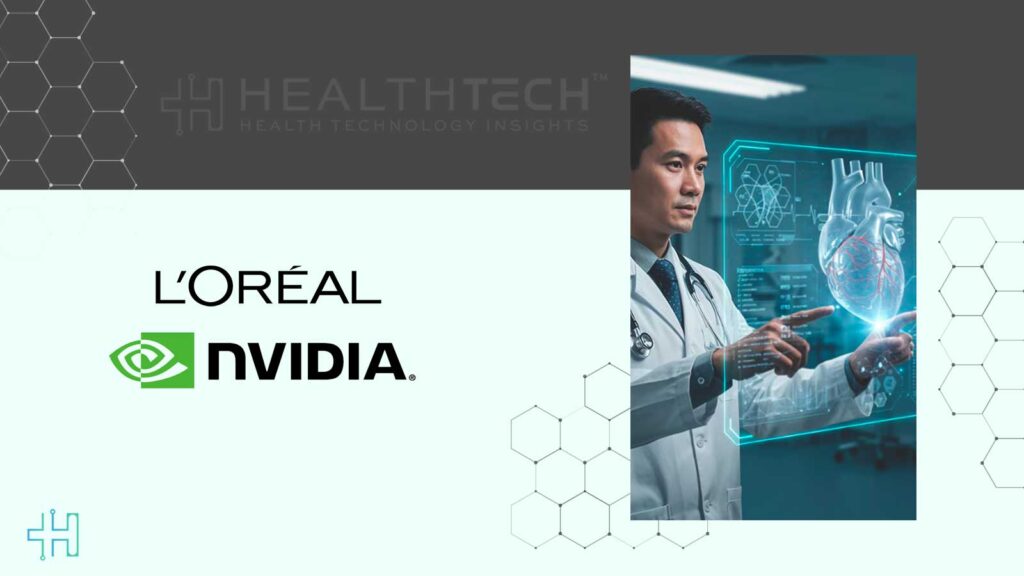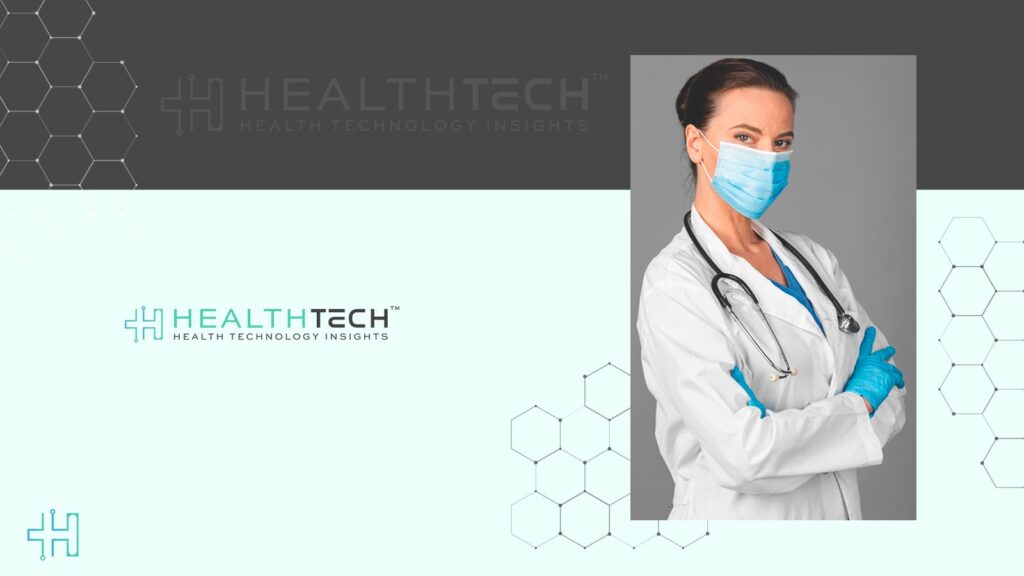A partnership between NVIDIA and a major player in the cosmetics industry, like L’Oréal, may initially seem specialized. Healthtech innovators cannot afford to overlook their VivaTech announcement on June 11, 2025, as it unveils a more profound narrative, a cross-industry roadmap for enterprise-scale AI.
NVIDIA: The AI Powerhouse Fueling Global Innovation
Founded in 1993, NVIDIA started as a graphics processing company. Today, it’s the undisputed leader in AI computing, GPU acceleration, and simulation platforms across industries from gaming and autonomous vehicles to drug discovery and medical imaging.
Healthcare leaders already rely on NVIDIA’s platforms, such as NVIDIA Clara, to power everything from radiology AI to digital twins for surgical planning. So when NVIDIA partners with a consumer-facing giant like L’Oréal, it’s a signal that AI isn’t siloed, it’s going cross-industry and enterprise-wide.
What Healthtech Can Learn from L’Oréal’s AI Strategy
At VivaTech 2025, L’Oréal announced a strategic collaboration with NVIDIA to fuel its AI transformation from generative design to real-time 3D simulation and personalized customer journeys. The details are worth unpacking.
1. Generative AI at Scale with CREAITECH
L’Oréal’s CREAITECH Studio uses generative AI to produce high-quality beauty content, virtual try-ons, and packaging visuals. It’s powered by NVIDIA DGX™ systems and Omniverse Cloud APIs, enabling creative teams to collaborate globally and in real time.
Healthtech parallel: Generative AI could be used in healthcare to simulate surgical outcomes, visualize disease progression, or build patient-specific avatars for precision treatment planning.
2. Noli: A New Era of Personalized Matching
L’Oréal also launched Noli, a next-gen, multi-brand AI beauty marketplace powered by NVIDIA’s AI Enterprise stack. Noli uses over 1 million skin data points and real-time profiling to deliver precision product recommendations, what they’re calling a “digital beauty twin.”
Healthtech parallel: Imagine this applied to digital therapeutics or personalized chronic care plans matching patients with the most effective treatment based on their real-world data, not just general guidelines.
3. A Unified, Scalable AI Stack
L’Oréal isn’t dabbling in AI; it’s embedding it across 21 research centers, 4,000+ scientists and digital experts, and its global brand network. Their tech stack includes:
- NVIDIA DGX™: For high-performance AI training and inference.
- NVIDIA AI Enterprise: A production-ready software suite for building and deploying AI at scale.
- Omniverse™: A platform for building digital twins and real-time 3D collaboration.
- Azure Cloud Integration: Secure, compliant deployment across geographies.
Healthtech parallel: Instead of fragmented AI pilots, healthcare organizations should be thinking about full-stack, enterprise-grade AI, integrated across clinical, operational, and engagement layers.
4. AI as an Organizational Mindset, Not Just a Tool
What sets L’Oréal apart is its mindset.
According to Asmita Dubey, Chief Digital & Marketing Officer, L’Oréal is building “a future where beauty is more personalized, inclusive, and responsible.”
This means:
- Ethical data use.
- Responsible AI deployment.
- Cross-functional collaboration between scientists, engineers, and creatives.
Healthtech parallel: Ethical AI and data governance can’t be an afterthought. They must be built into the system from day one, especially when lives, not lipsticks, are on the line.
Why Healthtech Should Be Paying Attention
L’Oréal’s transformation offers a living case study of what’s possible when AI is deployed boldly and thoughtfully:
L’Oréal’s innovations serve as clear analogies for what’s possible in healthtech. It’s CREAITECH generative visuals, which create high-fidelity beauty content at scale, closely mirror the potential of AI-driven surgical simulations or 3D patient avatars in healthcare tools that could enhance training, planning, and patient communication.
The Noli marketplace, built to deliver personalized product recommendations using rich skin data and AI, is akin to precision care matchmaking or digital therapeutics (DTx) personalization, where treatment plans are tailored to each patient’s unique health profile.
L’Oréal’s Omniverse skin modeling, which simulates skin biology in 3D environments, parallels the development of organ digital twins used for clinical testing, diagnosis, or educational purposes.
Finally, L’Oréal’s enterprise-wide AI stack, spanning DGX systems, NVIDIA AI Enterprise, and Omniverse, demonstrates how healthtech organizations can benefit from unified, scalable AI infrastructures across hospital systems, research environments, and medtech platforms.
Healthtech Needs Its L’Oréal Moment
L’Oréal’s partnership with NVIDIA is a masterclass in how established businesses can reimagine themselves using data, AI, and daring innovation. It’s not just a tale of beauty technology. In the realm of health technology, this serves as a warning.
Antiquated systems, fragmented data, and sluggish adoption cycles frequently plague the healthcare industry. However, this multinational beauty firm is putting user experience and ethical responsibility at the center of establishing digital twins, using AI markets, and expanding organizational infrastructure across countries.
If L’Oréal can improve beauty, health technology can improve lives.
FAQs
1. Why should healthcare leaders care about L’Oréal’s AI strategy?
Because it shows how AI can be scaled across a global enterprise, not just for efficiency, but for personalization. Healthtech can adopt similar models to improve care and patient engagement.
2. What is Omniverse, and how could it help healthcare?
Omniverse is a real-time 3D simulation platform. In healthcare, it could be used to model organs, simulate surgeries, or train clinicians with digital twins.
3. Is it safe to apply AI used in beauty to healthcare data?
Healthcare data is more sensitive, but the core idea of ethical, transparent AI still applies. With strong data governance, similar AI systems can work responsibly in healthcare.
4. Can smaller healthtech teams start using AI without massive resources?
Yes. Cloud-based tools like NVIDIA Clara make it possible to start small, think image analysis or patient chatbots, and grow from there.
5. What’s the key mindset shift healthtech needs?
Move from isolated pilots to making AI part of your core strategy, like L’Oréal did. It’s not just about tech; it’s about how you operate and serve people.



